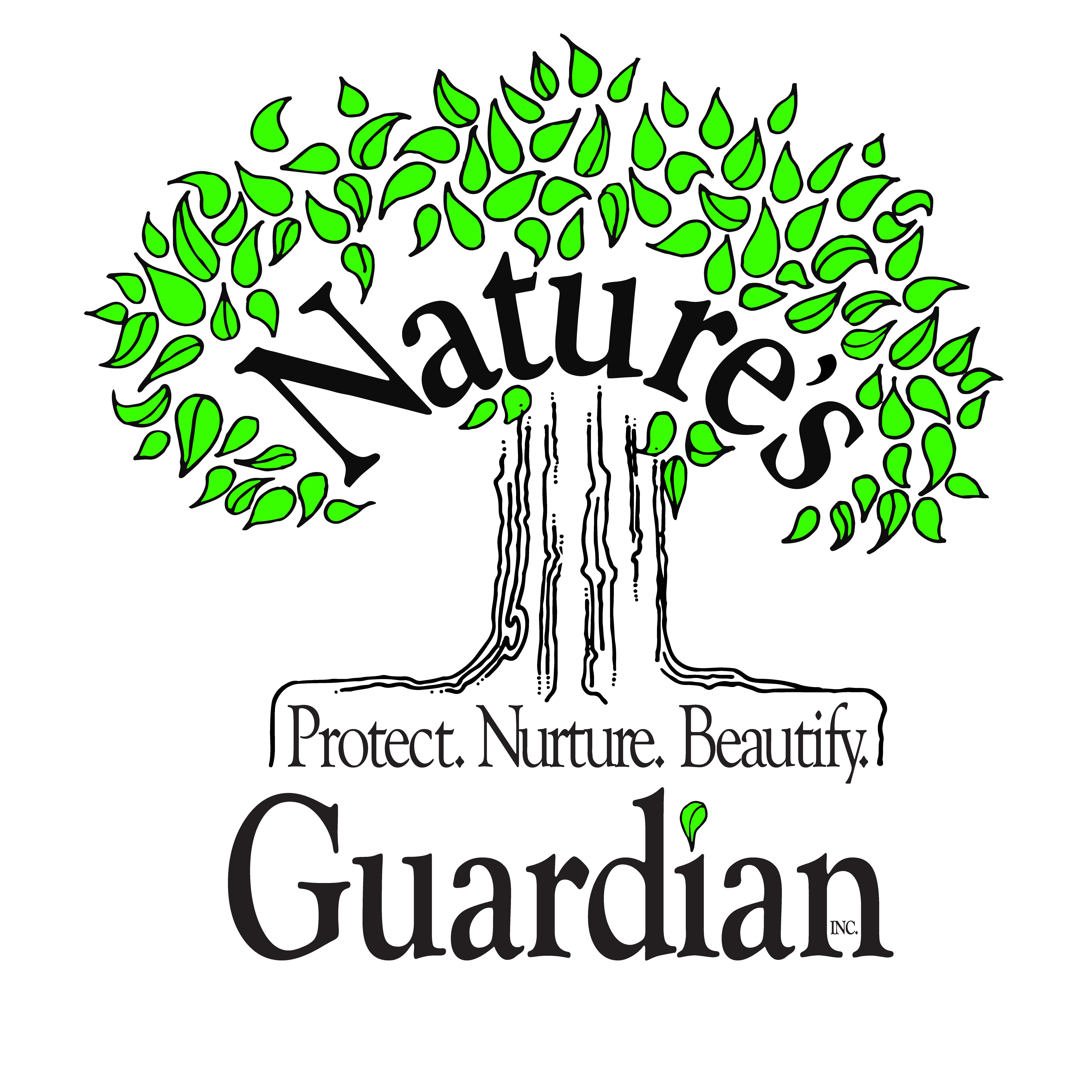Cool-season lawns (fescue, bluegrass, and rye) have their peak growing season in the early fall. This is the absolute best time of year to establish, strengthen, and cultivate these types of grasses.
Warm-season lawns (Bermuda, Centipede, St. Augustine, and Zoysia) wind down their growing season as the weather cools. Warm-season grasses go brown and dormant after the first hard freeze, so fall care for them focuses more on weed control and planning for winter color.
Fertilizing Fall Lawns
Whether you should fertilize your lawn in the fall depends on what type of grass you have. Fertilizer should be applied on a cool day and watered. Winter fertilizers which are high in potassium may be applied on cool grass lawns to promote winter hardiness, around the time of your last mowing of the season
Keep in mind that applying too much fertilizer can burn your lawn. Select slow-release organic fertilizers whenever possible
Fall Lawns – Seeding and Planting
Cool-Season Lawns: Fall is the perfect time for establishing and thickening turf through seeding, sodding, and patching bare spots. It is a good time to reseed and to fertilize although not too much to avoid burning the seedlings.
Warm-Season Lawns: If you don’t like the brown appearance of your dormant warm-season lawn, fall is a good time to overseed with annual ryegrass or other cool-season grass for winter color. The seed should be applied about 2-4 weeks before your average date of first frost.
Weed Control Tip
Weed and feed products combine fertilizer and weed control into a single application. While they can simplify fall care of cool-season lawns, it is advisable not to use them if you’re planting grass seed as they often contain a pre-emergent herbicide that will keep grass seed from germinating.
